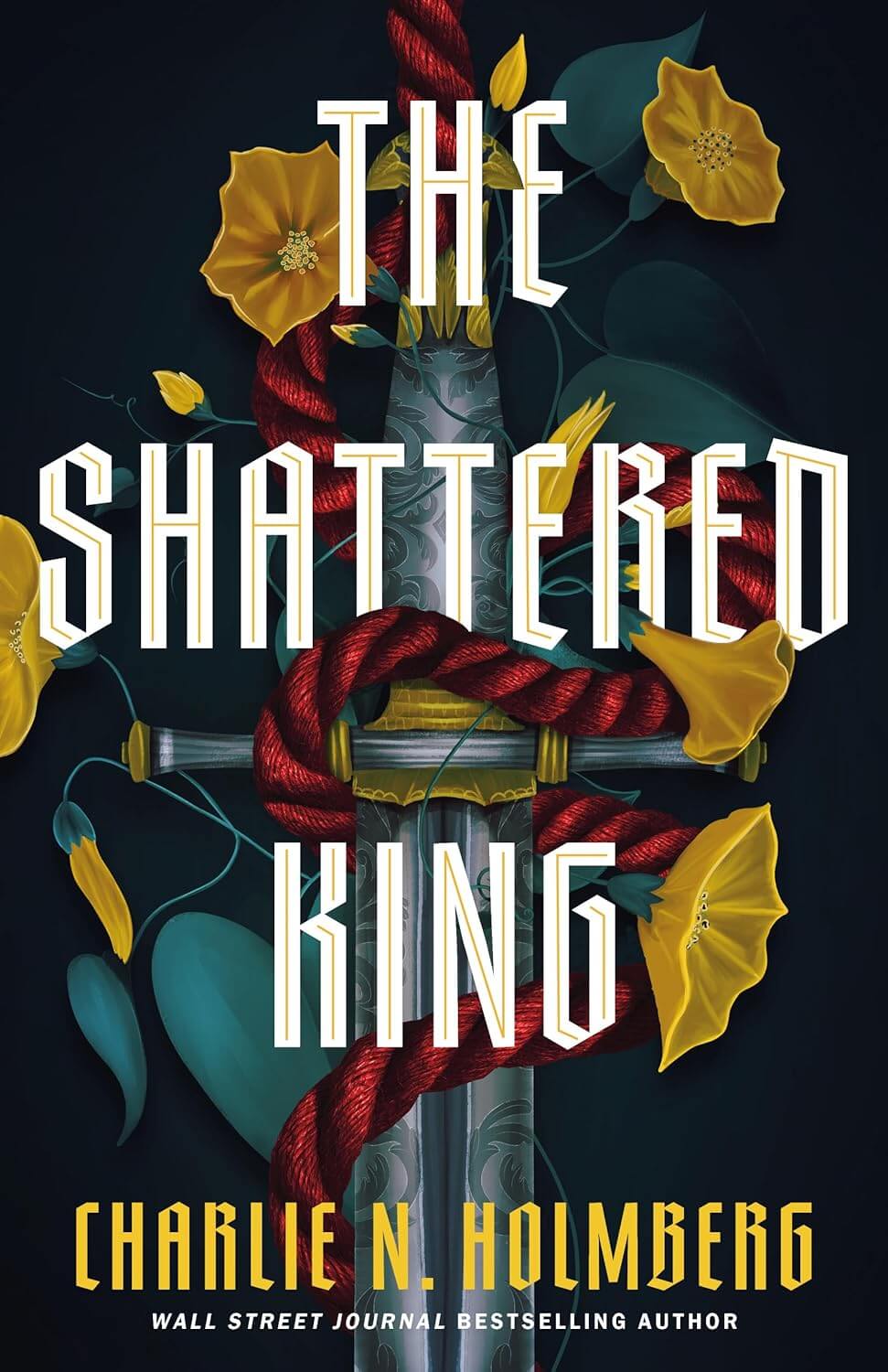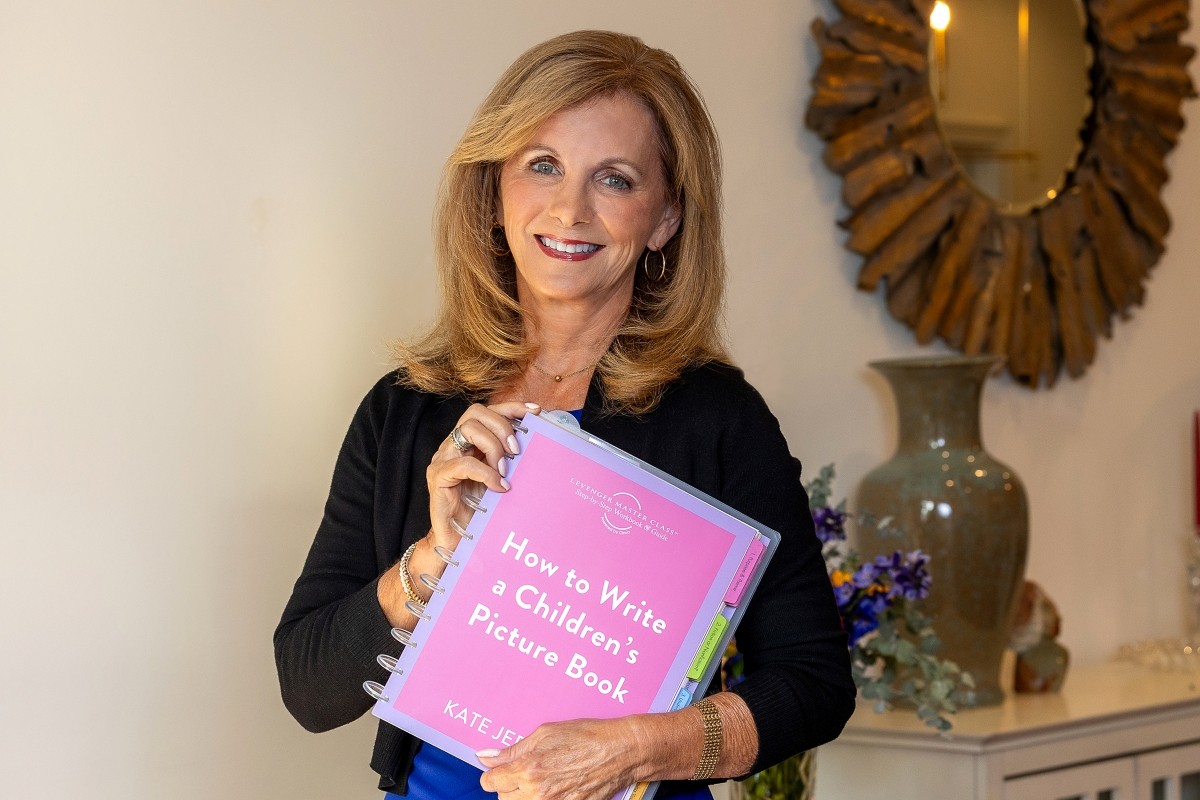Charlie N. Holmberg is a Wall Street Journal and Amazon Charts bestselling author of fantasy and romance fiction, including The Hanging City, Star Mother, the Paper Magician series, the Spellbreaker series, and the Whimbrel House series, and she writes contemporary romance under C. N. Holmberg. She is published in more than twenty languages; has been a finalist for the ALA awards, the Goodreads Choice Awards, and multiple Whitney Awards; and won the 2020 Whitney Award for Novel of the Year: Adult Fiction. Born in Salt Lake City, Charlie was raised a Trekkie alongside three sisters who also have boy names. She is a BYU alumna, plays the ukulele, and owns too many pairs of glasses. She currently lives with her family in Utah. Visit her at charlienholmberg.com.
Have you ever been in a situation where you have a book you’ve put your blood, sweat, and tears into, and yet your readers don’t get past a certain page? Or have you had that beautiful moment where an agent or editor asks you for your full manuscript, only to reject you down the line?
I have.
I’ve been around the book-carousel a few times. My twenty-sixth novel, The Shattered King, releases September 2nd, and I’ve put years of experience (successes and failures) into getting it just right—balancing reader expectations, amping up emotions, building believable characters doing believable things, and then editing and editing some more to make sure I haven’t broken anything. I’m beyond thrilled to share the story of Nym, a beekeeper and healer, who’s summoned to the royal castle to heal the ailing prince, and who won’t be able to return to her family of eight until she succeeds.
There are several reasons for why someone might give up on a novel. There are also several elements that add stars onto a review. Let’s examine a few of the bigger ones, shall we?
Understand and fulfill reader expectations
Whether you realize it or not, the moment sentences are put to paper, promises are being made. If the protagonist has amnesia, readers expect their memories to return throughout the course of the story. If the main character despises the radically sexy person who constantly comes into her shop, readers expect a romance to bloom. If the swordsman says, My name is Inigo Montoya, you killed my father, prepare to die, the reader will expect Inigo to enact his revenge before the story ends.
These promises MUST be fulfilled to achieve reader satisfaction. Writing a series? Then the promises that pertain to the main conflict of book one must be fulfilled by the end of book one—promises pertaining to the overarching plot or subplots—especially ones introduced later in book one—can be resolved in the sequel.
That’s not to say everything has to be tied up sweetly with a bow; hooks at the end of novels in a series are a good thing. But if I’m told Character A is searching for the lost princess in chapter 1, then he very well better find the lost princess by the last page, even if that princess isn’t what he expected, or even if he still has the hard work of putting her on the throne. The reader promise is that the princess will be found in one way or another (even if she’s dead, or actually a prince, or Character A is actually the princess, etc.).
Use emotions to make characters real . . . and make the plot matter
I’ve had a few times in my life where I got to be a slush-pile reader. You want to know what made one manuscript stand out from another? It wasn’t the prose; it was feeling. Characters are the vessels for which plot happens. We want a vessel we can enjoy. When characters don’t emote or react to the things around them—when the plot doesn’t seem to matter to them—it also doesn’t matter to readers.
How do we make emotions pop?
Show, don’t tell. Writing 101. But there are a variety of ways to show what a character is feeling, and all of them should be utilized in a story. Primarily, these are external cues, internal cues, and mental cues.
An external cue is something anyone can see: sweat beading on the temples, flushed cheeks, trembling.
An internal cue is something more visceral that the character experiences: churning bowels, quickening pulse, dry mouth.
A mental cue is a thought that highlights the emotion at hand. Everyone is standing too close. They’re all looking at me. I shouldn’t have come. I knew I shouldn’t have come.
We can also get into metaphors to emphasize emotion. Something sad is happening on the page? Oh look, it’s raining. Something confusing or chaotic? The protagonist’s kid is also screaming over spilled milk in the corner.
With metaphor, we can even dig a little deeper with the objective correlative. This is essentially a thematic metaphor assigned to a character that spans through the length of the book. So if Betty is likened to a tree in the backyard, that tree can be used to mirror the emotions Betty experiences. Betty is sick because she’s lying to her family? That tree is suffering from fungus. Betty feels a great sense of loss? That tree is dropping its leaves early.
Including apt emotion in a book can literally be its own massive article, so I’ll try to keep the rest of this brief.
Increase tension. Emotion comes from tension, which often stems from having two issues that cannot coexist. I.e., Bob finds out he’s a wizard, but his husband happens to be allergic to magic. Bob therefore cannot have both a career in magic and a happy marriage. Tension also stems from deeply set desires that cannot be fulfilled, such as Ella desperately wanting to go to the ball, but her stepmother forbids it. Cycles of tension and catharsis need to be having little emotional babies right alongside plot cycles of try and fail.
Plan character arcs. As previously mentioned, characters are the vessel for which plot happens. Readers need to care about the characters in any given story. The best way to do that is to establish character arcs, preferably for every point-of-view character in a novel. Who is the protagonist at the beginning of the book, who will they be at the end of the book, and how is that change going to happen throughout the book? Change doesn’t come easily. It tends to be an emotional experience.
Plan out character arcs
See what I did there? Character arcs are actually our number three for making books not suck.
There’s lots of methods authors utilize to flesh out characters: interviewing them, stream-of-consciousness, taking personality quizzes online, and so on. But while it’s interesting to know what a character looks like, what their skills are, and what makes them tick, it’s more interesting to know about their wounds, fears, goals, and motivations.
Wound. What is something that has hurt this character in the past, that she carries with her? What injury or lie did she experience that alters her view of herself and the world? Perhaps she was found on the street, then put into an orphanage. Never adopted, set out on her own at eighteen. Now she believes she is unloveable, because no family—even her own—would take her. She carries this weight at all times, and it colors her interactions with others.
Now, how is that wound going to heal—or fester—throughout the story? How will it change by the last page?
Fear. What is this character afraid of? And I don’t mean spiders. Is he afraid his girlfriend will uncover his dark past? Is he afraid his role as a double agent will be revealed? Is he afraid the evil overlord will discover his true name and come after his family?
What a character fears, and the length he will go to prevent those fears from manifesting, provides great emotional fodder and terrific opportunities to change, for the better or the worst.
Goal and motivation. What does this character want? Not just for today, but for life? Is it absolutely critical they get on that reality show? Escape from prison? Find their birth father? What is the thing they want more than anything else, and why do they want it? What are they willing to do to obtain it?
Don’t Break Things
Well . . . obviously.
But really.
Plot holes will make anyone close a book and never open it again, but we need to be wary of the little things that don’t add up, especially when a lot of worldbuilding is involved. The thing we want to avoid from critique partners, reviewers, and readers is the dreaded question, Why didn’t they just do X?
If a story involves a lot of worldbuilding (this is especially critical in speculative fiction), I highly recommend mapping out all that worldbuilding before the story starts and updating a story bible as you draft. I do all of this and still have issues that arise in edits . . . and even post-publication. This is especially imperative if one is utilizing a magic system. The more magic is used to solve conflict in a book, the tighter and more precise that magic system needs to be. Otherwise we all wonder why Darth Vader can use the force to stop one ship from taking off, but he can’t use the force to ground the other. Looking at you, Kenobi.
Technology also needs to be considered. If our characters are rushing to save the city from the evil overlord on horses, when automobiles exist . . . that’s a plot hole, unless the author can thoroughly explain why it must be horses (because obviously the overlord is at the top of a mountain with no roads, duh).
We also want to utilize the rule of three. It’s vastly unsatisfying to have a protagonist beat the villain with a pocket knife when that pocket knife has never before been mentioned in the book. The rule of three states readers should see the pocket knife three times before it’s used to solve a conflict. Doesn’t have to be anything fancy, we just need to know (and then hopefully forget) it’s there.
Bonus: be original
I mentioned I’ve gotten to sit in on a lot of slush piles in item number two. Besides emotion, do you want to know what else makes a manuscript stand out? Originality. Something never seen before, or some unique element or twist to a cult classic (there’s a reason Twilight did so well).
I highly advise including something truly different in every book you write, and be sure to include it in the pitch. It will make readers pick up the book, and help keep them until the end.

The Shattered King by Charlie N. Holmberg
In the wake of her brother’s conscription, healer and beekeeper Nym is tasked with supporting her family. So when she is summoned to the palace to heal the reclusive Prince Renn, Nym plans to fail the mission and return home as soon as possible. But her healing is more effective than anyone expected, and she is forced to be the prince’s official healer. Trapped in the castle’s ruthless court, Nym must uncover the dark truth about Prince Renn’s illness, even as mutual attraction pulls them closer together.
Buy the book now: Bookshop.org | Amazon | Barnes & Noble














Leave A Comment